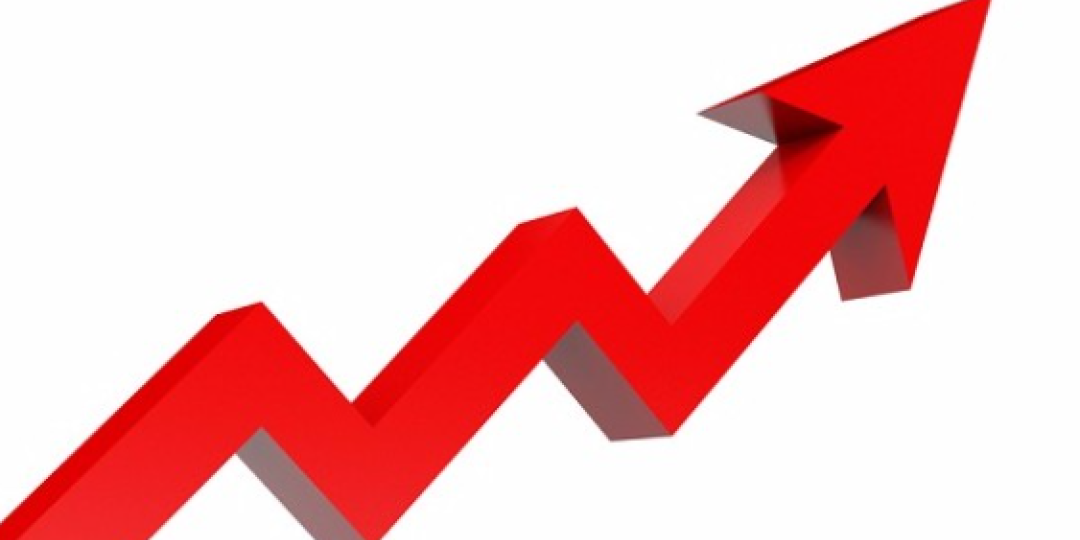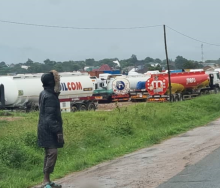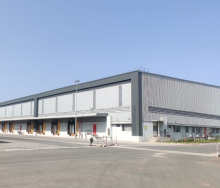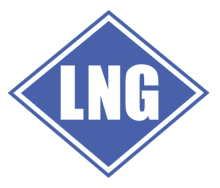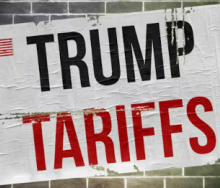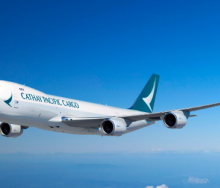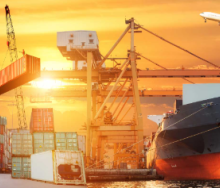Businesses may have to brace for a diesel price hike, but it seems motorists will get some relief at the pumps with a drop in the price of petrol in July.
But a higher diesel price will filter through to inflation and impact consumers as producers and manufacturers spend billions on the fuel to keep production going during rolling blackouts.
Central Energy Fund data released this week indicates that there has been an under-recovery in the price of diesel of around 13-18 cents per litre, pointing to a price increase, while the price of petrol will probably decline between eight and 16 cents per litre next month.
The rand/dollar exchange rate is helping to drive down local fuel price forecasts, after the rand hit a record high of R19.92 to the dollar in June, before recovering significantly to the R18.30 level.
The US Fed’s halt in interest rate hikes last week helped to soften the dollar and boost emerging markets, but global oil prices have contributed to the upward push on local fuel prices.
The oil price dropped from $85 a barrel in April/May to reach the $75 a barrel mark in May/June, but prices appear to be on an upward spiral again as global market concerns rise. Asia’s demand for oil is also rising and there are indications that there may be a drop in supply that will buoy prices.
South Africa’s inflation figure for May 2023 was 6.3%, down from 6.8% in April, a trend economists forecast will accelerate, to bring inflation back into the SA Reserve Bank’s 3-6% target range by year-end.
However, a rise in the diesel price will add pressure to inflation as it impacts the entire supply chain, from agriculture and manufacturing to logistics and retailers who are spending billions of rands on fuel to keep production going during load-shedding.
